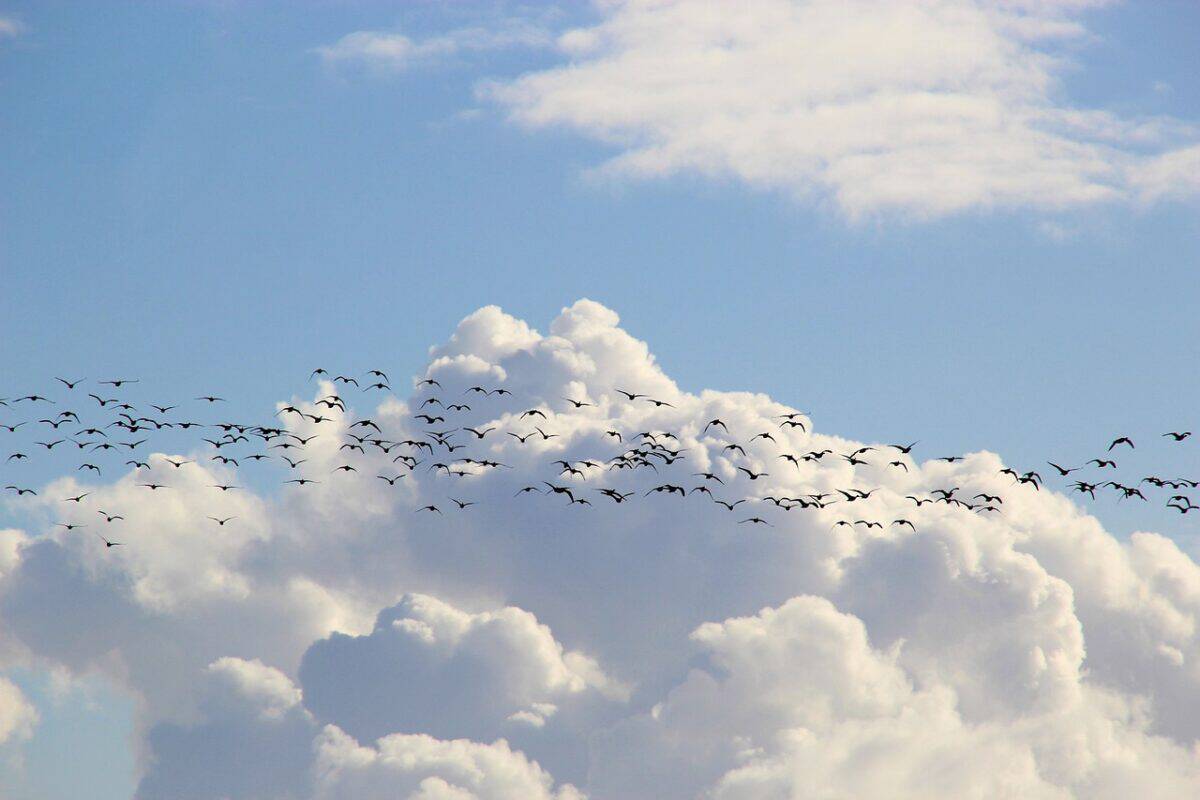Birds have been reliable indicators of the changing seasons for millennia, with their migration patterns deeply ingrained in both natural cycles and human culture. From the return of robins in spring to the V-formations of geese in autumn skies, these journeys have followed predictable patterns shaped by thousands of years of evolutionary adaptation. However, a profound transformation is underway. As climate change accelerates, America’s birds are responding with altered migration timing, shifted routes, and completely new patterns that scientists are racing to understand. These changes don’t just affect the birds themselves—they ripple through ecosystems, affect agricultural pest control, impact recreational activities like birdwatching, and serve as vivid indicators of our changing planet. This article explores how rising temperatures, shifting precipitation patterns, and increasing extreme weather events are reshaping bird migrations across the United States, what this means for conservation, and how researchers are tracking these dramatic shifts in real-time.
The Historical Patterns of Bird Migration in America

Bird migration in North America has evolved over thousands of years, establishing predictable patterns that have become ecological cornerstones. Historically, approximately 350 species of North American birds migrate seasonally, with routes spanning from the Arctic to South America. These journeys developed in response to seasonal resource availability, breeding opportunities, and climate conditions. The Atlantic Flyway, Mississippi Flyway, Central Flyway, and Pacific Flyway have served as major aerial highways for birds, each supporting hundreds of species with distinct timing and distance characteristics.
Indigenous peoples tracked these migrations as indicators for planting, hunting, and seasonal transitions long before scientific documentation began. The timing was remarkably consistent—many songbirds arrived in northern breeding grounds within a 7-10 day window each spring, while waterfowl departures often coincided with the freezing of northern lakes and wetlands. This predictability allowed birds to synchronize their arrivals with insect hatches, plant flowering, and other food sources critical to successful breeding and survival. Before climate change began accelerating in the late 20th century, these patterns were reliable enough that ornithologists could create calendars predicting migration timing for many species with remarkable accuracy.
The Climate Change Drivers Affecting Bird Migrations
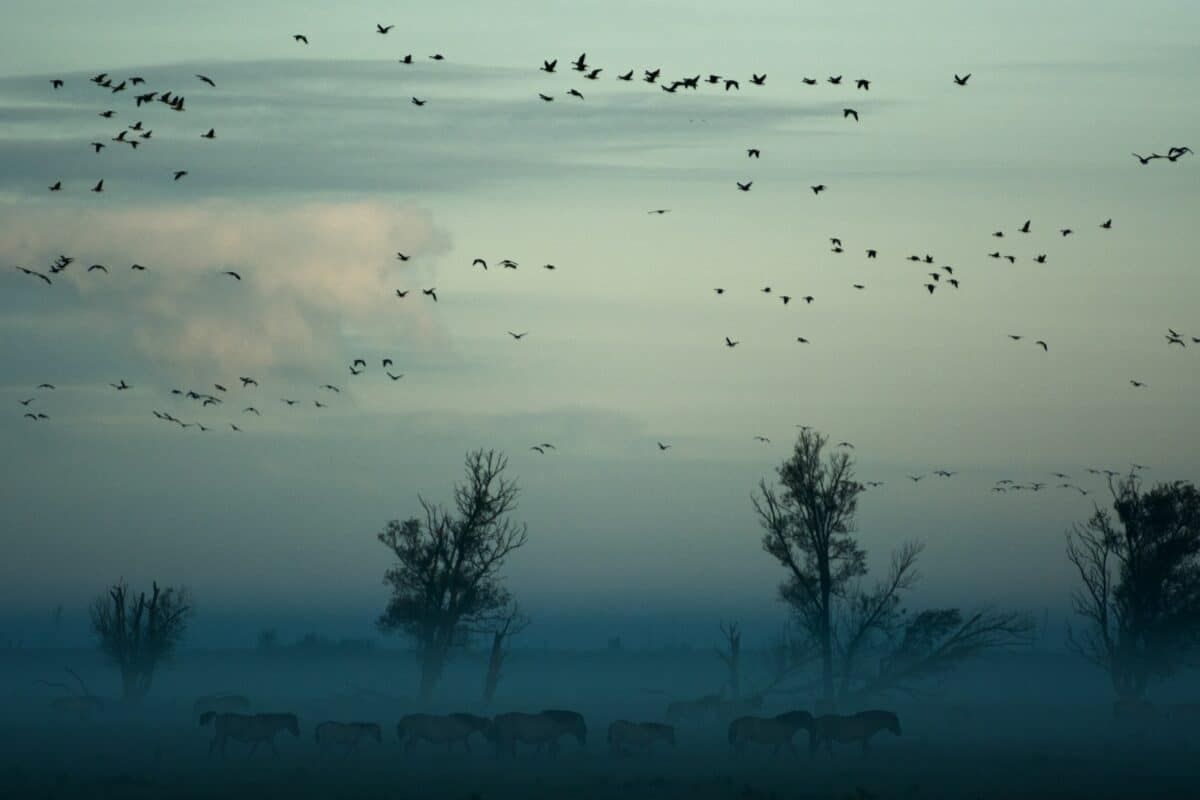
Multiple aspects of climate change are directly disrupting bird migration patterns across the United States. Temperature increases are perhaps the most obvious factor, with U.S. average temperatures rising approximately 2.4°F (1.3°C) since 1970. This warming trend isn’t uniform—winters in northern states are warming nearly twice as fast as summer temperatures in southern regions, creating an asymmetrical change in the conditions that trigger migration.
Precipitation patterns have also shifted dramatically, with increased rainfall in the Northeast and Midwest (up to 20% more in some regions) and extended droughts in the Southwest. These changes directly affect the availability of food, water, and habitat that migrating birds depend on during their journeys. Phenological mismatches—when the timing of biological events falls out of sync—are increasingly common, as when birds arrive at breeding grounds to find that the insect populations they rely on for feeding their young have already peaked. Additionally, extreme weather events including hurricanes, polar vortex disruptions, and unseasonable storms have increased in frequency by approximately 40% since the 1980s, creating deadly hazards for birds during migration. These interwoven climate factors collectively push bird populations to adapt their migratory strategies, often with mixed success.
Timing Shifts: Earlier Springs, Later Falls

One of the most documented impacts of climate change on bird migration is the shifting of seasonal timing. Studies from the Cornell Lab of Ornithology show that spring migrations are occurring increasingly early across many species—an average of 5-12 days earlier than in the 1960s. Tree swallows now arrive at northern breeding grounds up to two weeks earlier than they did just 40 years ago. Similarly, American robins are migrating north approximately 12 days earlier than they did in the mid-20th century, according to data from the USA National Phenology Network.
Fall migrations are experiencing the opposite effect, with many birds delaying their southward journeys. Research published in Nature Climate Change indicates that species like the yellow-rumped warbler are departing breeding grounds 4-6 days later on average than they did in the 1970s. In regions like the Northeast, where fall temperatures have warmed significantly, species including the eastern phoebe show even more dramatic delays of up to two weeks. These changes have compressed the breeding season for some species while extending it for others, with cascading effects on reproductive success, population dynamics, and competition for resources. The consistency of these timing shifts across diverse bird families indicates a broad biological response to changing seasonal cues across North America.
Distance Changes: Shorter Migrations and Range Expansions
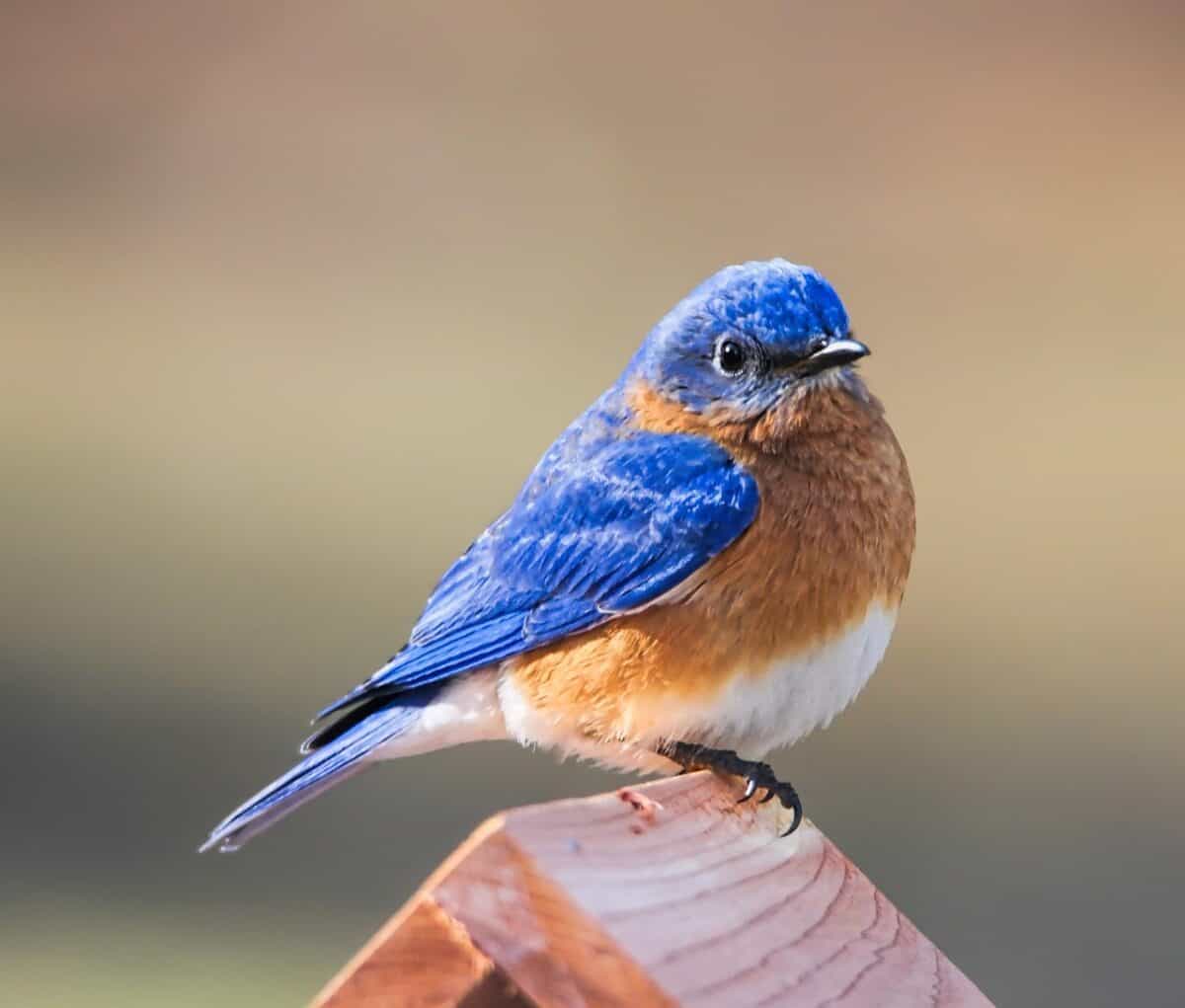
Climate change is fundamentally altering how far birds migrate, with many species shortening their traditional journeys. According to research from the University of Massachusetts, approximately 40% of short-distance migrant species in the eastern U.S. have reduced their migration distances by an average of 30-80 miles per decade since the 1970s. Species like the eastern bluebird and American crow increasingly remain year-round in areas where they once were absent during winter months, particularly in northern states like Michigan, Wisconsin, and New York.
This trend extends to waterfowl as well, with the U.S. Fish and Wildlife Service reporting that mallards and Canada geese have shifted their winter distributions northward by approximately 200 miles on average since 1990. As these birds shorten their migrations, their ranges effectively expand northward. The northern cardinal has expanded its range nearly 200 miles northward in the past 50 years, while the red-bellied woodpecker has advanced into the northeastern U.S. and southern Canada where it was historically absent. These range expansions create new ecological interactions, sometimes beneficial but often leading to increased competition for resources with resident species and altered predator-prey relationships. Ornithologists are concerned that shortened migrations may also increase disease transmission, as birds that once dispersed widely now concentrate in smaller areas for longer periods.
The Most Affected Bird Species in the U.S.
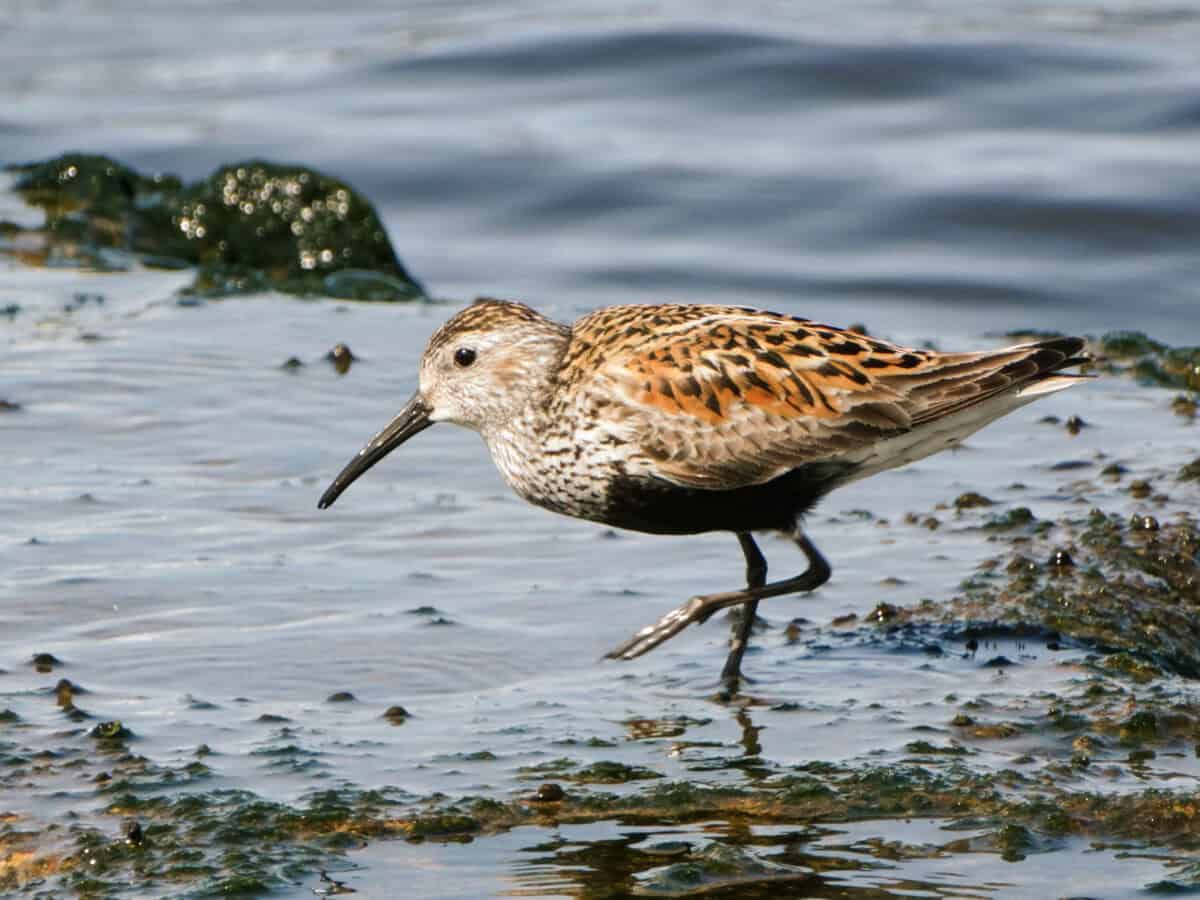
While climate change affects virtually all migratory birds to some degree, certain species are experiencing more dramatic disruptions than others. Long-distance migrants that winter in South America and breed in North America, like the scarlet tanager and wood thrush, face particular challenges as they respond to climate signals on two continents. Research published in Global Change Biology found that these neotropical migrants have seen population declines of 27-46% since 1970, with altered migration timing playing a significant role.
Arctic-breeding shorebirds including dunlins and semipalmated sandpipers are among the most severely affected, as their breeding grounds are warming at nearly three times the global average rate. Their migration timing has shifted by up to two weeks in some populations. Seasonal specialists like the rufous hummingbird, which times its migration to coincide with sequential flowering along its route from Mexico to Alaska, have shown disrupted migration patterns with earlier arrivals but increased mortality when early spring cold snaps occur. Species heavily dependent on specific conditions, such as wetland birds like the American bittern and sora rail, face additional challenges as drought affects stopover habitat availability. Ornithologists at the Smithsonian Migratory Bird Center have identified at least 70 U.S. bird species experiencing “severe migration disruption,” defined as changes affecting population viability, with the highest concentration among Arctic breeders, wetland specialists, and birds of western mountains.
Regional Variations: How Migration Changes Differ Across the U.S.
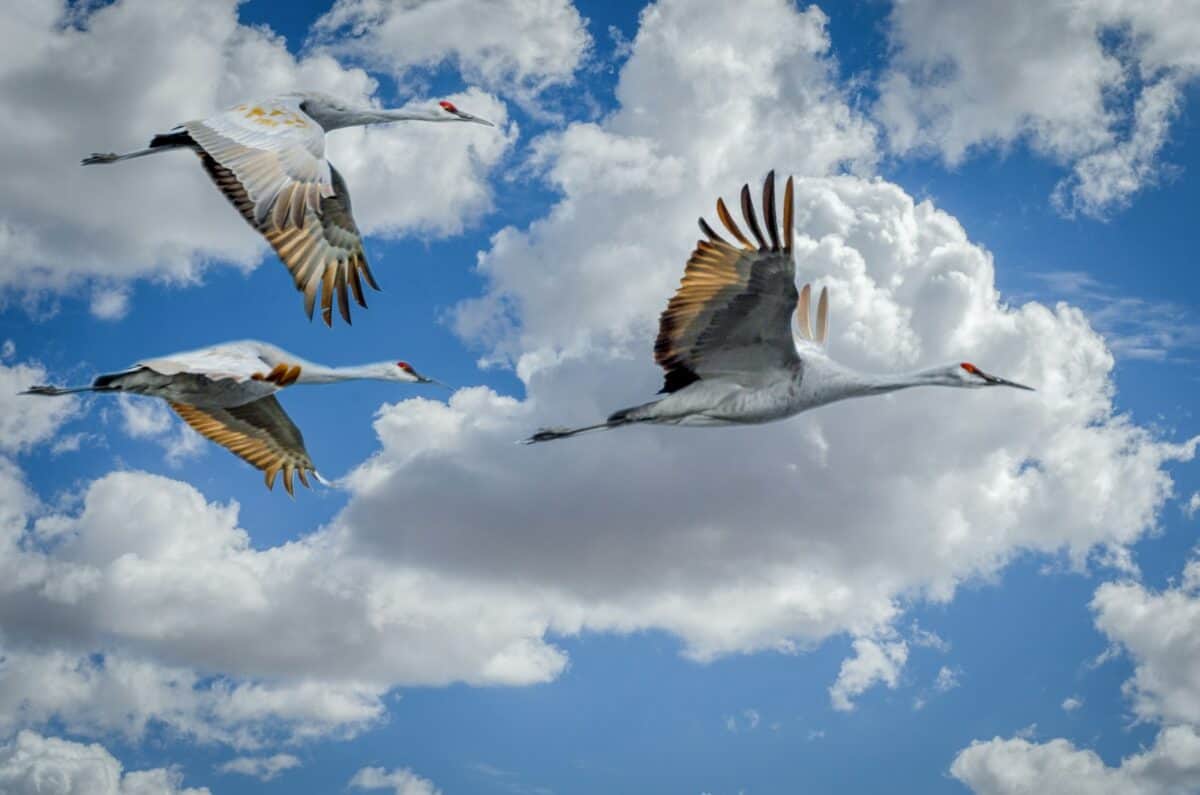
Climate impacts on bird migration aren’t uniform across the United States, with distinct regional patterns emerging. In the Northeast, spring arrivals have advanced by an average of 13 days since 1965, more than any other region, according to data from the Northeast Regional Climate Center. This area has also experienced the most pronounced “partial migration” effect, where historically migratory populations are increasingly splitting into migratory and resident groups—the eastern bluebird and American robin exemplify this trend with 30-40% of their northeastern populations now remaining year-round.
The Southeast shows different patterns, with less dramatic timing shifts (averaging 4-6 days earlier for spring migration) but more significant changes in species composition. Many birds that historically migrated through or overwinterer in this region are now bypassing it entirely, with warblers and vireos shortening migrations and wintering further north. In the Midwest, shortened migrations and altered routes are most evident, particularly around the Great Lakes, where ice cover has decreased by 71% since 1973, extending open water habitat availability into winter. Western states face the most severe disruptions to stopover habitat availability due to extended drought, with wetland bird migrations showing the greatest route changes as historically reliable water sources disappear. The Pacific Flyway has experienced a 22% decrease in suitable stopover habitat since 2000, forcing birds into narrower migration corridors and creating new concentration points at remaining wetlands. These regional variations create a complex mosaic of migration responses that challenge both birds and the scientists studying them.
Ecological Consequences of Altered Bird Migrations

The shifting of bird migrations creates ripple effects throughout ecosystems, disrupting relationships that evolved over millennia. One of the most significant ecological consequences involves phenological mismatches—when birds arrive at breeding grounds out of sync with peak food availability. Research from the University of California has documented that over 30% of insectivorous bird species now arrive after peak caterpillar abundance, reducing breeding success by 28-40% in affected populations. These timing misalignments propagate through food webs, affecting everything from insect population control to plant pollination.
Changed migration patterns also alter competitive dynamics between bird species. As short-distance migrants and residents gain advantages from warmer winters, they often secure breeding territories before long-distance migrants arrive, creating new competitive pressures. Studies from Michigan State University found that species like the house wren, which has shortened its migration, now competes more directly with the declining prothonotary warbler for nesting cavities. Predator-prey relationships are shifting as well, with migration changes creating new spatial and temporal overlaps between birds and their predators. Additionally, disease ecology is being transformed as birds concentrate in new areas or for different durations. The Cornell Lab of Ornithology has documented increasing house finch eye disease and salmonellosis outbreaks in bird populations that no longer disperse as widely during migration. These ecological consequences demonstrate how climate-altered migrations affect not just birds but entire ecosystems, with cascading effects that scientists are still working to fully understand.
How Researchers Track Migration Changes
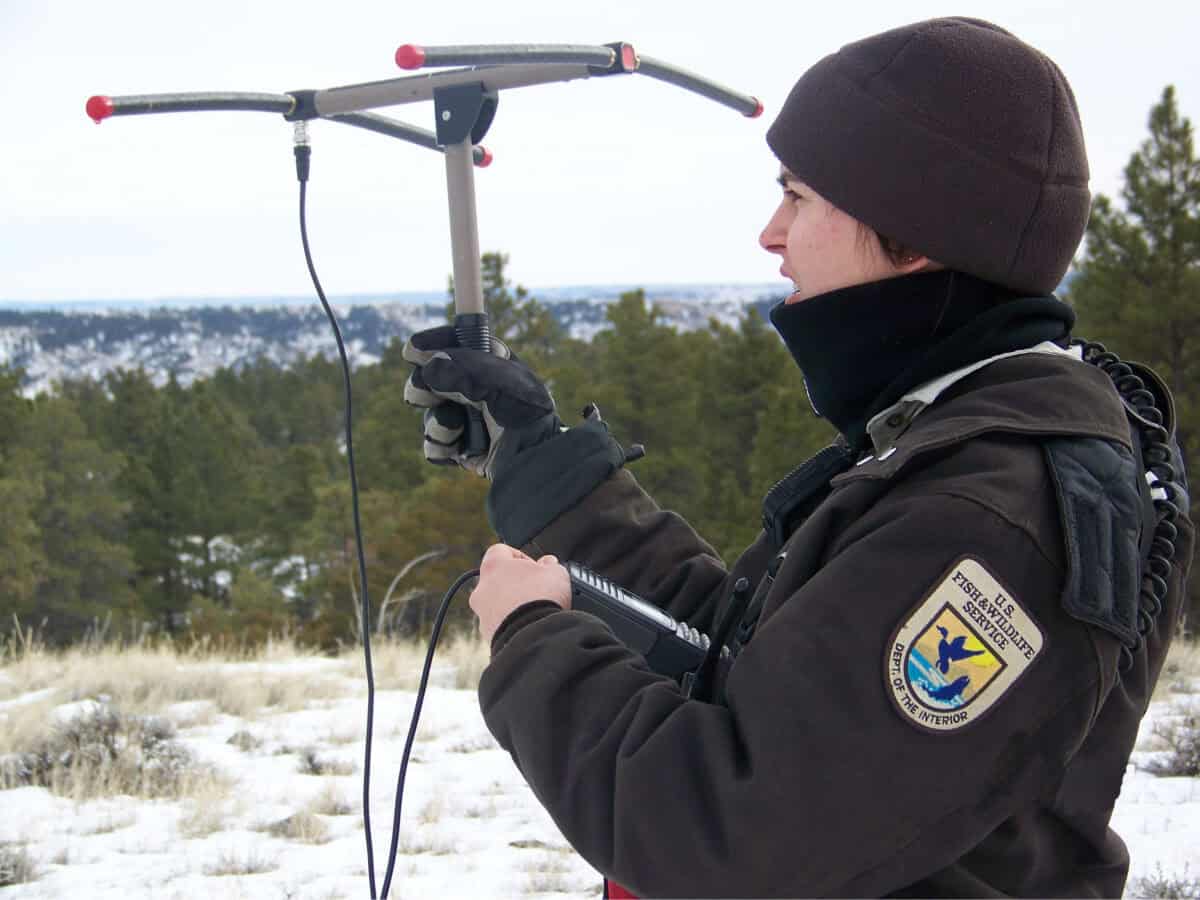
Scientists have developed an impressive array of technologies and methodologies to document climate-driven changes in bird migration. The Motus Wildlife Tracking System, a collaborative international network, uses automated radio telemetry to track thousands of individually tagged birds across North America. These lightweight radio transmitters, some weighing less than 0.2 grams, allow researchers to follow the precise movements of even small songbirds throughout their migrations. Data from over 14,000 birds tracked through this system since 2014 has provided unprecedented insights into changing routes and timing.
Citizen science has emerged as another powerful tool, with platforms like eBird collecting over 100 million bird observations annually from volunteers across the country. This massive dataset allows scientists to analyze migration timing changes across decades and thousands of locations simultaneously. Weather radar has been repurposed to track migrations on a continental scale, with the U.S. NEXRAD weather radar network capable of detecting night-flying migrants up to 120 miles from radar stations. Advanced machine learning algorithms now extract bird migration data from these radar returns, creating nightly migration maps across the entire country. Geolocators and satellite tracking provide additional data for larger species, while stable isotope analysis of feathers helps determine where birds have been based on the chemical signatures they pick up from different environments. Together, these techniques provide scientists with multidimensional views of how climate change is reshaping bird migrations across America in real-time.
Climate Winners and Losers in Bird Migration
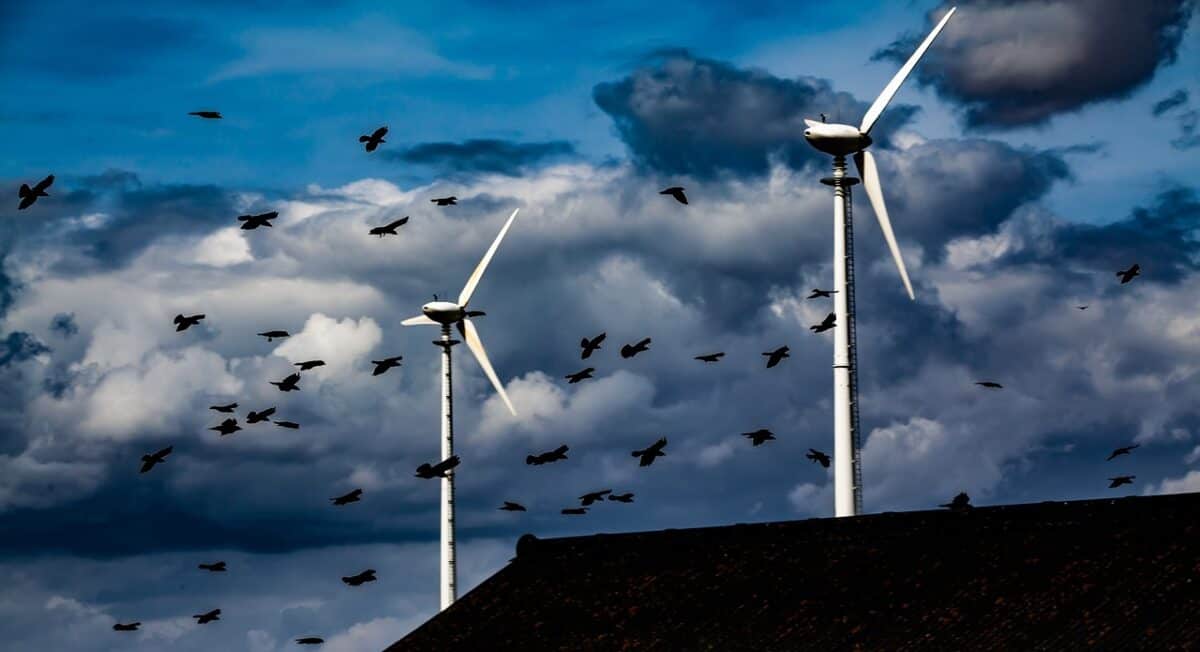
Climate change is creating distinct winners and losers among North America’s migratory birds. Among the species showing adaptability and even expansion are many generalists and short-distance migrants. The red-shouldered hawk has increased its population by approximately 30% since 1970 while shifting its winter range northward by over 100 miles. Similarly, the northern cardinal has expanded its range northward by about 220 miles and increased in abundance by over 20% during the same period. These species benefit from milder winters, extended breeding seasons, and their ability to utilize diverse food sources and habitats.
In stark contrast, numerous species face serious challenges adapting to rapid climate changes. The rusty blackbird has declined by over 85% since the 1970s, with altered wetland hydrology along migration routes linked directly to this precipitous drop. Aerial insectivores including the common nighthawk and chimney swift have experienced population declines exceeding 60%, partially attributed to mismatches between their arrival times and peak insect abundance. Long-distance migrants that depend on precise timing, like the Blackpoll warbler which flies non-stop over the Atlantic Ocean during fall migration, show less flexibility in adapting their journeys. Arctic specialists face particularly dire prospects—approximately 70% of shorebird species that breed in Arctic regions are declining, with the American golden-plover and whimbrel losing over half their populations in the past 30 years. The common thread among these “climate losers” appears to be specialization—whether in habitat requirements, diet, or migration strategy—that limits their ability to adapt to rapidly changing conditions.
Conservation Implications and Adaptation Strategies
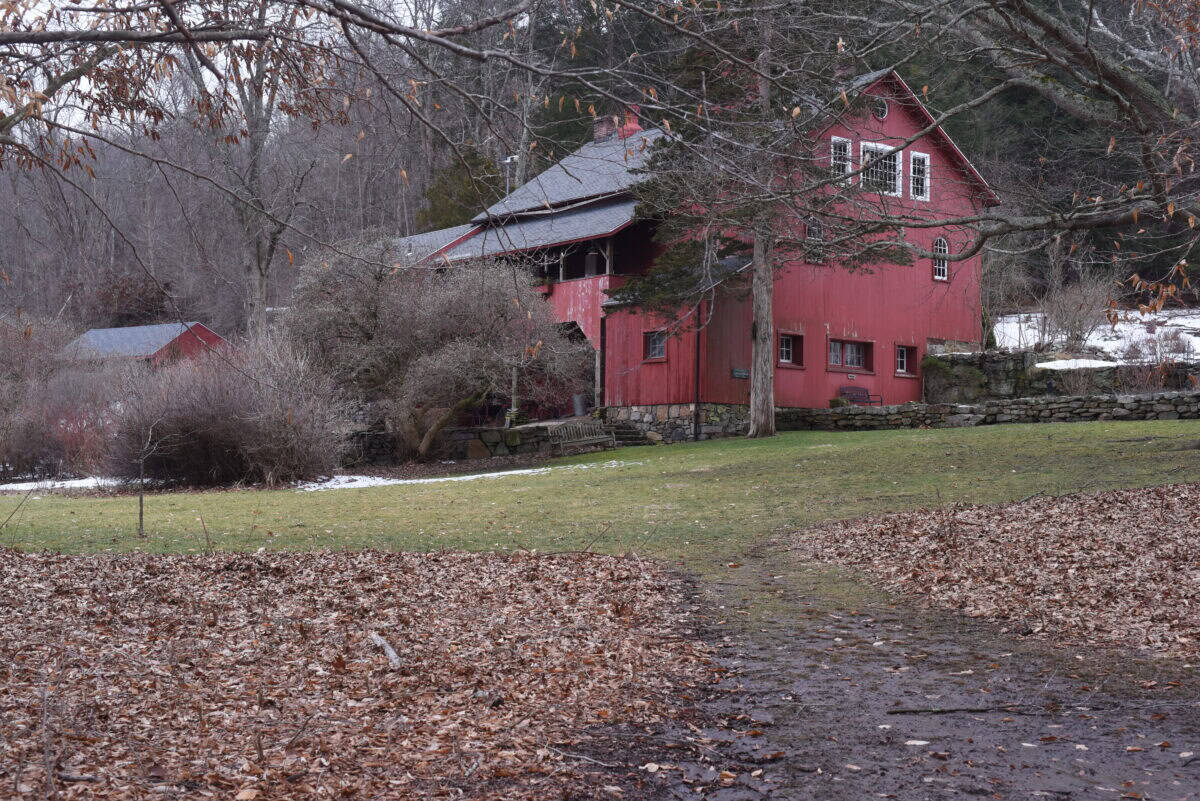
The shifting patterns of bird migration demand innovative conservation approaches that account for both current and future conditions. The National Audubon Society has pioneered “climate-smart conservation,” which identifies and protects not only current habitat but also areas predicted to become important as ranges shift. Their models have identified over 145 million acres across the U.S. that will be crucial for migrating birds as climate change progresses—areas that often lack current protection. Conservation organizations are increasingly purchasing or establishing easements on lands north of species’ historical ranges, anticipating continued northward shifts.
Habitat management strategies are evolving as well, with greater emphasis on creating climate resilience. The U.S. Fish and Wildlife Service has implemented dynamic water management at refuges along migration corridors, allowing for rapid adjustments based on migration timing rather than fixed calendar dates. Organizations like Ducks Unlimited have restored over 230,000 acres of wetlands with designs specifically accounting for changed precipitation patterns and migration timing. Assisted migration—the deliberate relocation of birds to new areas—remains controversial but is being explored for severely threatened species like the Florida grasshopper sparrow. Meanwhile, international cooperation has become increasingly crucial, with the Western Hemisphere Shorebird Reserve Network expanding to protect changing migration stopover sites across borders. Conservation success in this new climate reality depends on embracing flexibility, anticipating change, and moving beyond historical baselines to envision and protect the migration patterns of the future.
The Future of American Bird Migrations
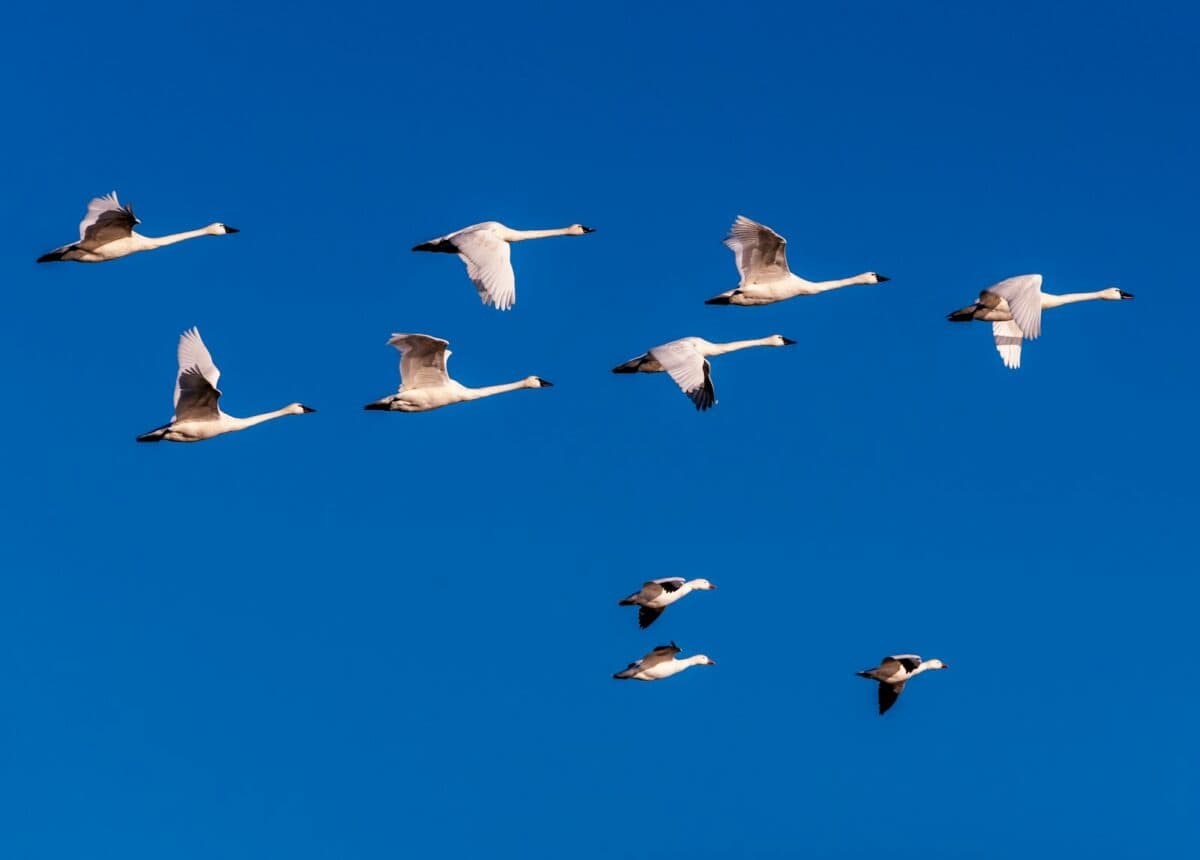
Projecting the future of bird migrations in America requires integrating climate models with bird behavior and ecology. Even under moderate warming scenarios, spring migration timing is expected to advance by an additional 6-11 days by 2050 for most North American species, according to models from the National Center for Atmospheric Research. If current warming trends continue, approximately 40% of migratory bird species may need to adapt to climatic conditions with no historical analog—essentially navigating environmental circumstances that neither they nor their ancestors have experienced.
Researchers from the Cornell Lab of Ornithology project that migration distances will continue shortening for many species, with approximately 35% of current short-distance migrants potentially becoming year-round residents in parts of their breeding ranges by 2075. Long-distance migrants face more complex challenges, with some potentially forced to abandon migration entirely if suitable wintering habitat disappears, while others may need to extend migrations even further to find appropriate conditions. Increased extreme weather during migration seasons is projected to create higher mortality risks, particularly for aerial foragers and birds that cross large water bodies. Flyways themselves may shift significantly, with the Mississippi Flyway potentially splitting into eastern and western components as birds respond to changing rainfall patterns in the Great Plains. Conservation biologists emphasize that while these projections contain uncertainty, the overall direction is clear: bird migrations as Americans have known them are transforming fundamentally and permanently, creating a new ecological reality that will require both birds and humans to adapt.
Migratory birds serve as living barometers of our changing climate, their altered journeys providing undeniable evidence of global environmental transformation. The shifts we’re witnessing—earlier springs, delayed falls, shortened migrations, and expanding ranges—
- How Climate Change Is Shifting Bird Migrations in the U.S. - August 14, 2025
- The Real Reason Sharks Circle Before Attacking - August 14, 2025
- Can You Train a Pet Snake? Here’s What Experts Say - August 14, 2025

